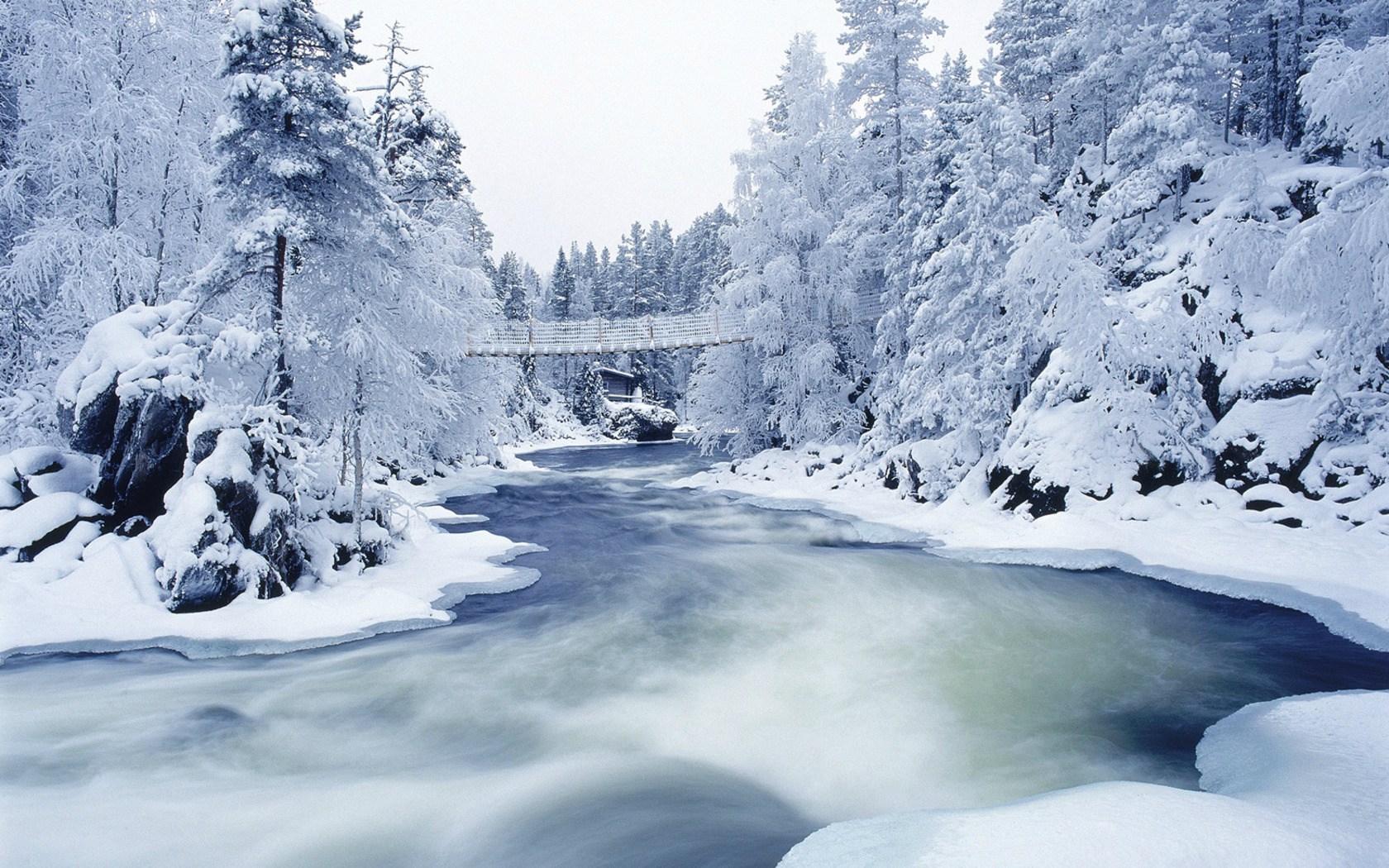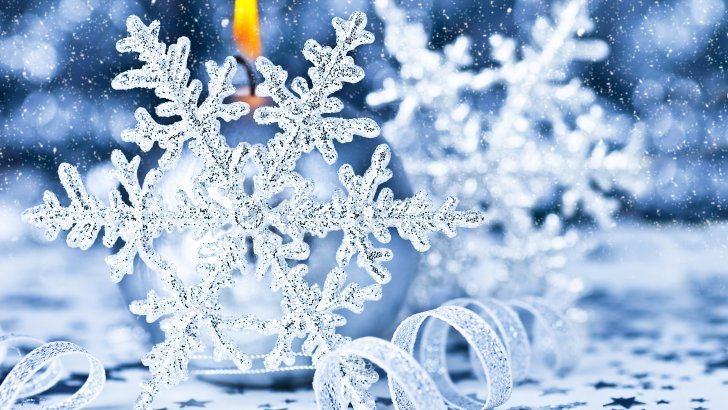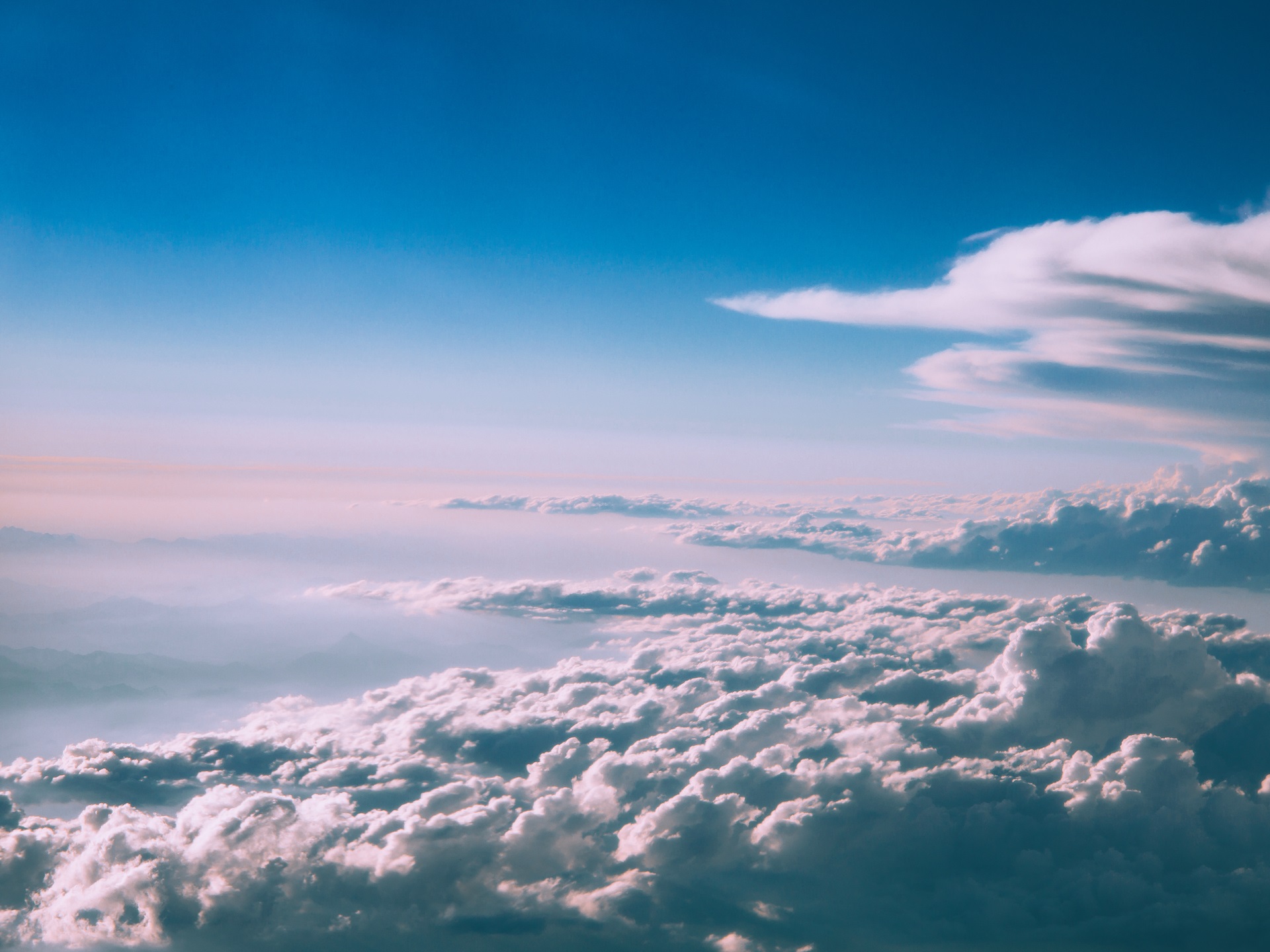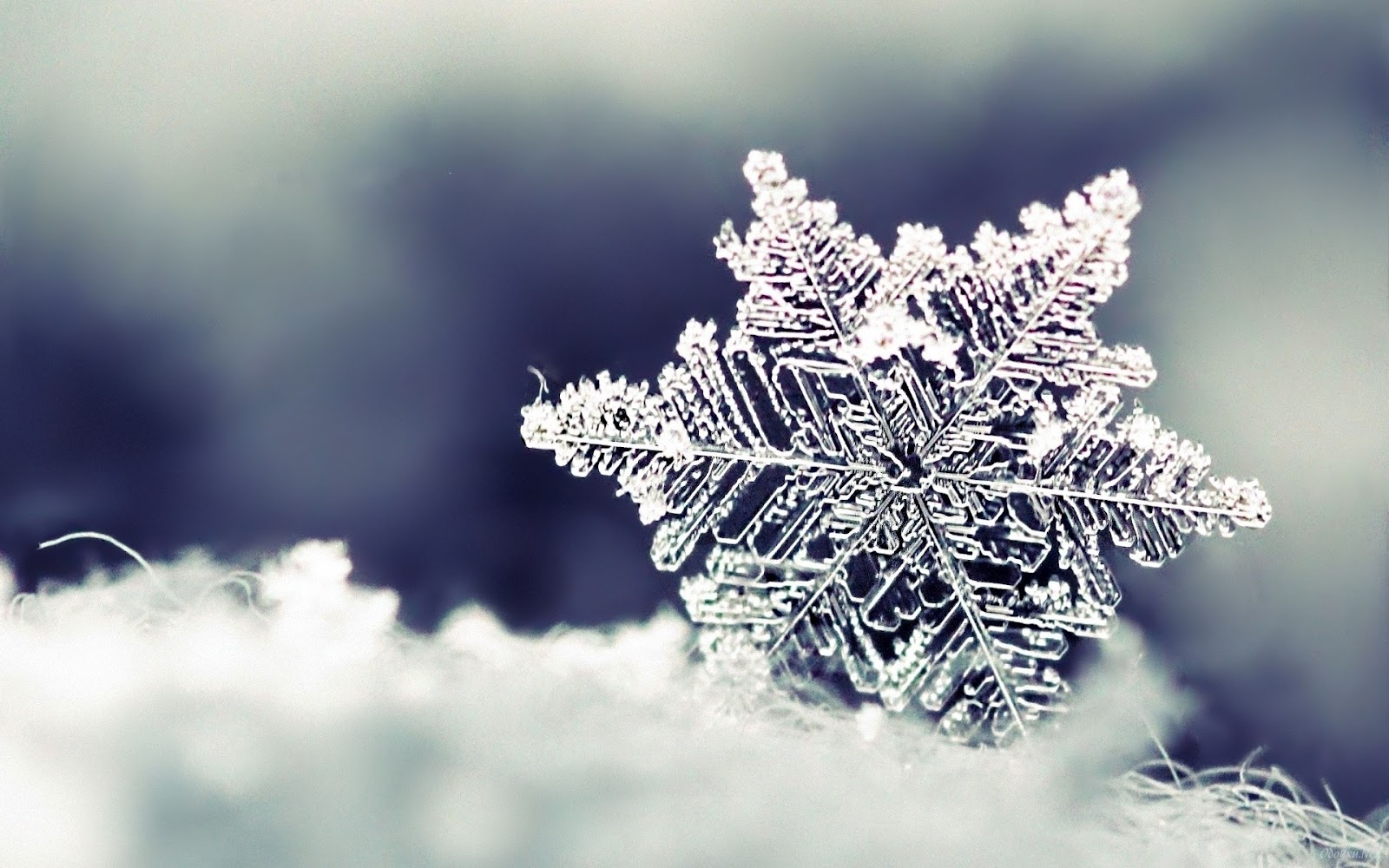Snow is made up of water crystals, which generally represent a star shape with six arms. These are grouped into flakes, each taking different shapes. A Snowflake, forms in clouds with temperatures of 12 degrees, discover in this article everything about snowflakes, their formation and more!
How are snowflakes formed?
The formation originates from the production of snow, for its part, the creation of the snowflake begins in the clouds from dust particles and drops from water vapor that come together and freeze due to low temperatures.
Snow crystals have a hexagonal symmetry, geometrically it is considered a figure that is made up of six equal sides, this asymmetry is created because the water molecules and the hydrogen atoms are separated by 12C degrees from each other, in the shape of a hexagon.
As the small snow crystals fall, other water particles begin to join it, creating and shaping new and extraordinary geometries. These new, much larger crystals are called snowflakes.
The geometry of the snowflakes they vary according to temperature and humidity, at temperatures at least 6 degrees centigrade, and with low humidity. Snowflakes are simple hexagonal plates, but as humidity increases and temperatures drop, snowflake shapes become more complex as they branch out symmetrically.
Due to the complexity and variety of shapes that snowflakes present, scientists have concluded that each one of them is simply unique. The extraordinary thing about these snowflakes is that they have six equal sides.
This is a natural phenomenon much admired by humanity due to the peculiar and phenomenal characteristics that define it. As a noteworthy fact, snow in general is not white, it is actually colorless and transparent, what our eyes see is the result of the absorption of the sun's rays from the surface that finally covers the snowflakes.
The formation of the flake is not so simple, these crystals have developed within a cloud where the specific conditions of humidity, temperature, pressure, density and volume are the most suitable conditions for the formation of snow.
Each crystal follows a trajectory and presents a very defined history within that mother cloud. With numerous ascents and descents, groupings, and collisions, once that crystal leaves the cloud, it encounters various atmospheric conditions such as pressure, wind, and temperature that ultimately condition its final appearance.
Main types of snowflakes
When the temperature oscillates between 0 degrees, the crystals adopt wonderful shapes, each one with very peculiar characteristics, however, they all have a geometric shape, which is the most outstanding characteristic among snowflakes. There are then, many types of flakes, but these are the most prominent:
- starry sheets: Its image is represented by a star-shaped figure, it is crystallized ice that is normally divided into six broad points. This type of Snowflake It is one of the most abundantly known.
- Stellar Dendrites: It represents one of the most outstanding types of snowflakes that exists among them, its figure alludes to fine points in the form of branches, around it small branches are drawn that embellish the peculiar shape of this crystal.
- Triangular crystals: They are a type of crystal that is created very rarely, this is due to the temperature at which the crystals are formed, for it to occur it is necessary that the temperature oscillates between 2 or 3 degrees, for this reason there is a change in its features. The snowflakes then take a triangle-shaped figure, a fact that even though they are rare, they are spectacularly beautiful to look at.
- Bullet rosette: It owes its name thanks to the natural process that they carry out when approaching the earth's surface, usually these come grouped, and in the course of the ice explodes and finally they are seen when they fall in the form of bullets.
How big is a snowflake?
As we have indicated, the characteristics that snowflakes present depend to a great extent on the environmental and atmospheric conditions in which they develop, they generally have a diameter that is between eight and ten centimeters.
On the other hand, since the formation of snowflakes is conditioned by temperature, we offer you a list of regular temperatures that classify the type of formation and design in which each of these develops:
With a temperature of -16C, flakes begin to form in the form of columns. When the temperature is above -12 C, the flakes tend to fall in the form of dendrites. Under the temperature of -10C, so-called plate-shaped flakes are produced.
In the case of temperatures above -6C, the production of snowflakes is generated in the form of hollow columns.
While the -4C e come to form the peculiar needle-shaped flakes. Being finally the temperature of about -0C we arrive at the production of the spectacular flakes in the form of hexagons.
As we can see, each of these types of Snowflake, are conditioned by the atmospheric climate present in the existing environmental conditions in a certain place. Be it flakes called plates, columns, dendrites, even hexagonal star-shaped flakes, each one has outstanding and brilliant characteristics that are impossible to ignore and of course worthy of admiration.
Why are snowflakes white?
Of all the existing questions about the natural processes that man makes in his passage through the planet, one of them is why snow is white, or why snowflakes are white. Question to which we will give an answer in the following lines:
As we already know, snowflakes represent a structure of crystallized ice. This crystallized ice does not particularly have any color. The white color is reflected in the light of the human eye thanks to the sun's rays that are positioned on the multitude of crystalline ice particles. Thanks to the rays of light, our sight reflects the snow on a classification based on the color white.
Where does it snow more?
It usually snows more in countries that are in the northern hemisphere such as Japan or the southwestern United States, these represent locations that are characterized by developing large snowfalls.
Another area where snow accumulates in large quantities is in southern Alaska. In that country, due to its atmospheric pressure, it allows the formation of snowflakes and perhaps different types of them. It can also be seen at the top of the peaks of the Mountains higher due to lower temperatures.
The snow in some countries represents one of the reasons why some tourists prefer to visit these destinations, in order to live the experience of seeing, touching and feeling this natural phenomenon, which not all countries in the world have the privilege of having. with the necessary conditions for the process of snow descent to develop.
In some of the countries of the European continent it is much more common that in the seasons of the year the snow falls, among them France stands out, which is undoubtedly a country with a high level of tourism.
While in contrast to the American continent it is very difficult for snow to be present due to environmental conditions, since most American countries are tropical countries. This is the case of Venezuela, Colombia, Brazil, among others.
Countries in which only two or three seasons develop throughout the year, including spring, summer and autumn, except for winter, generally the climate is totally tropical and warm. Event by which the snow does not descend in the countries of South America.
While in North America the countries do have the four annual seasons, which cause drastic climatic changes that allow low temperatures that give way to snowfall.
Finally, it is really wonderful to know a little more about everything that describes, shapes, embellishes and nourishes nature. We have learned everything about snowflakes, from now on it will be a real spectacle to witness and observe falling snow from another perspective.
An event that is part of our environmental status never goes unnoticed, and it gets noticed. It is undoubtedly one of the most outstanding facts that nature offers us, its shape, texture, color and more, are some of the characteristics of the snow that Mother Earth offers us.
Despite how cold it can be to be near snow, for humanity it will always be a natural event that provokes curiosity, admiration and recreation. It is much more than a process, it is a truly fascinating event full of expectations, fun and curiosity that only our nature gives us thanks to its unbeatable characteristics.





